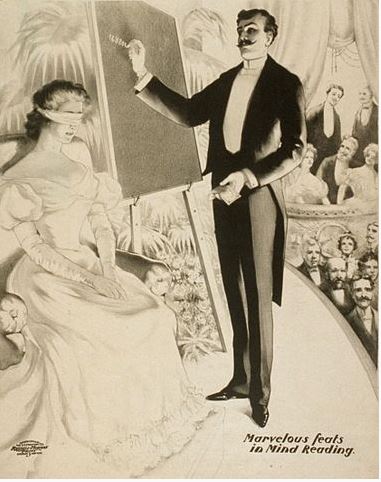 Neuroscientists have developed a new tool that lights up active conversations between neurons during a behavior or sensory experience, such as smelling a banana.
Neuroscientists have developed a new tool that lights up active conversations between neurons during a behavior or sensory experience, such as smelling a banana.
The scientists accomplished their feat by focusing on three of the sensory systems in Drosophila melanogaster - fruit flies, a model animal for learning about the brain and its communication channels. Using fluorescent molecules of different colors to tag neurons in the brain to see which connections were active during a sensory experience that happened hours earlier.
Synapses are points of communication where neurons exchange information. The fluorescent labeling technique is the first to allow scientists to identify individual synapses that are active during a complex behavior, such as avoiding heat. Better yet, the fluorescent signal persists for hours after the communication event, allowing researchers to study the brain's activity after the fact, under a microscope. By reading the fluorescent signals, the researchers could tell if a fly had been in either heat or cold for 10 minutes an entire hour after the sensory event had happened, for example. They also could see that exposure to the scent of a banana activated neural connections in the olfactory system that were different from those activated when the fly smelled jasmine.
"Much of the brain's computation happens at the level of synapses, where neurons are talking to each other," said Marco Gallio of Northwestern University, who led the study. "Our technique gives us a window of opportunity to see which synapses were engaged in communication during a particular behavior or sensory experience. It is a unique retrospective label."
What they wanted to do was not possible under a microscope. Genetic engineering provided a way. Starting with the gene for a green fluorescent protein found in jellyfish, the authors derived three different colored markers that light up at the point of contact between neurons that are active and talking to each other (the synapse). The fluorescent signals can be read one to three hours after the action is over.
"Different synapses are active during different behaviors, and we can see that in the same animal with our three distinct labels," said Gallio.
The fluorescent green, yellow and blue signals enabled the researchers to label different synapses activated by the sensory experience in different colors in the same animal. The fluorescent signals persisted and could later be viewed under a relatively simple microscope. They tested their newly engineered fluorescent molecules by applying them to the neural connections of the most prominent sensory systems in the fly: its sense of smell, sophisticated visual system and highly tuned thermosensory system.
They exposed the animals to different sensory experiences, such as heat or light exposure and smelling bananas or jasmine, to see what was happening in the brain during the experience.
To create the labels, the scientists split a fluorescent molecule in half, one half for the talking neuron and one half for the listening neuron. If those neurons talked to each other when a fly was exposed to the banana smell or heat, the two halves came together and lit up. This only happened at the site of active synaptic transmission.
Published in Nature Communications.




Comments